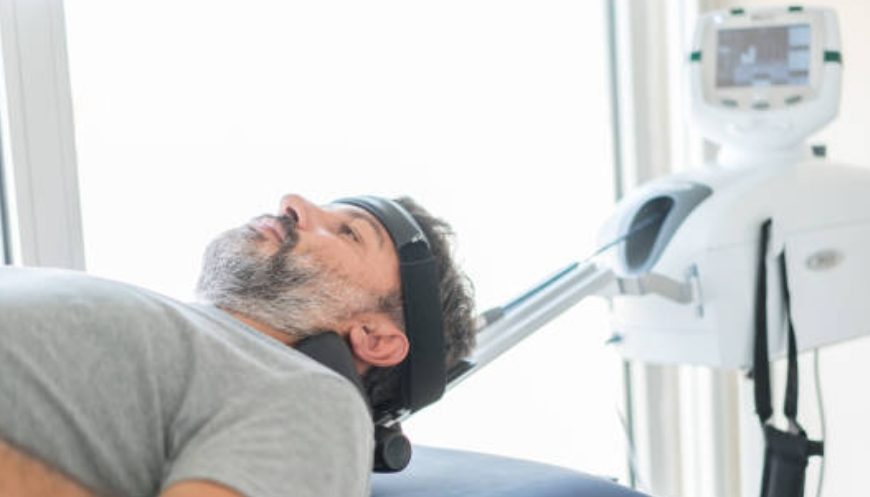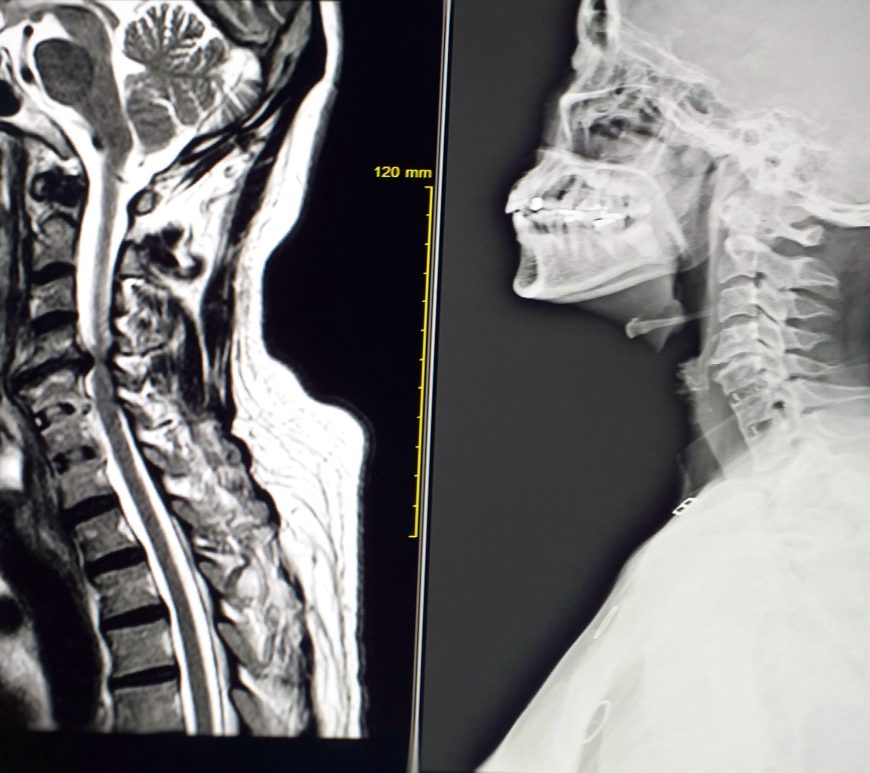
Evaluating the Efficacy of Cervical Traction: Optimal Positions, Angles, and Techniques for Managing Cervical Radicular syndromes
Management of cervical radicular syndromes can involve surgical or conservative approaches. Evidence suggests that while surgery may provide faster pain relief compared to physical therapy or hard-collar immobilization, there is minimal difference in long-term outcomes (Carragee EJ, et al. 2010). Cervical traction therapy, often part of rehabilitation programs, applies a distracting force to the cervical spine to relieve nerve root compression caused by intervertebral discs. … Continue reading Evaluating the Efficacy of Cervical Traction: Optimal Positions, Angles, and Techniques for Managing Cervical Radicular syndromes



